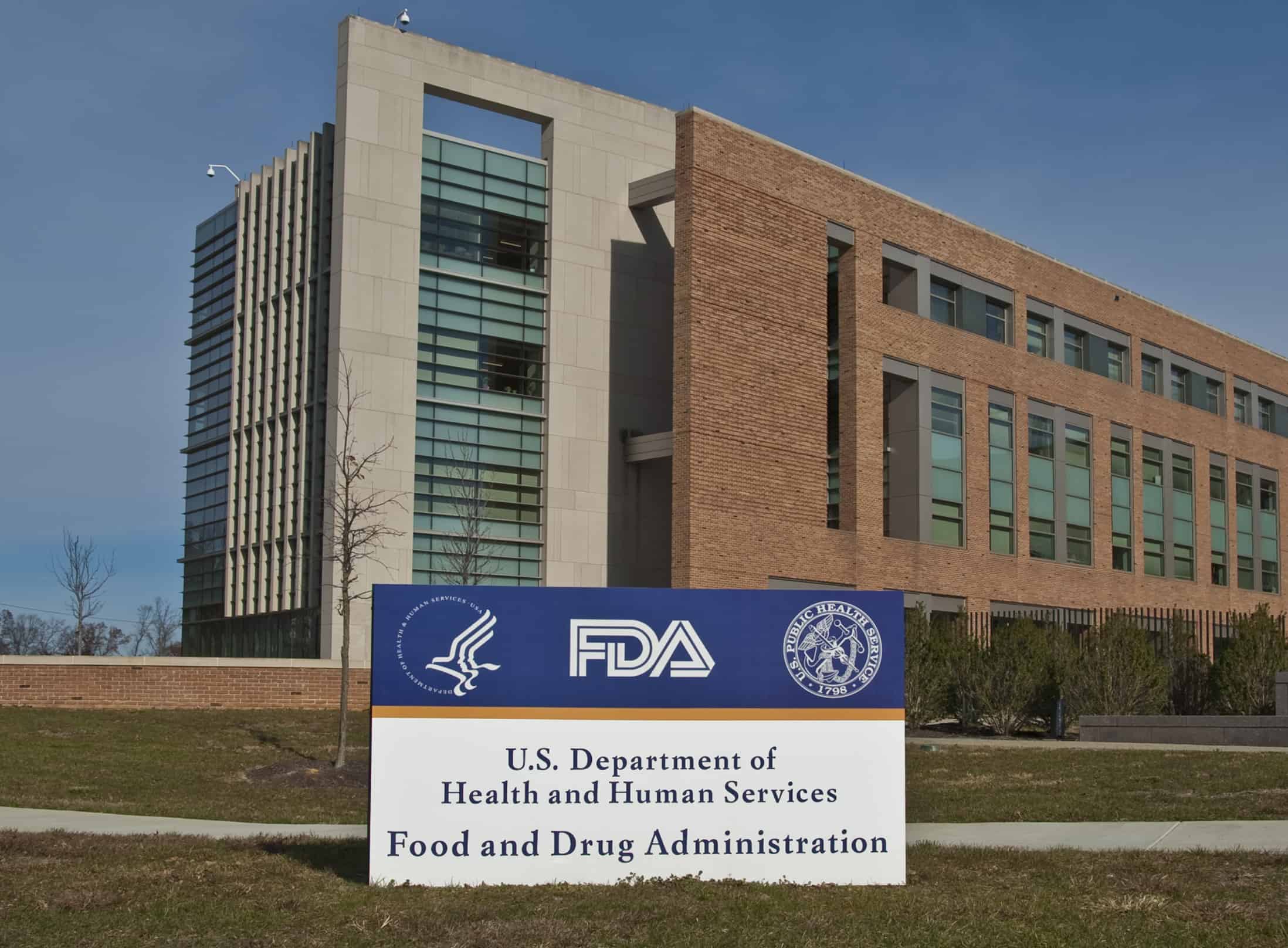September 11, 2015

A weekly roundup of news on drug resistance and other topics in global health.
The U.S. Food and Drug Administration has finalized rules aimed at preventing foodborne illnesses. The regulations were developed in response to a law that overhauled food safety system in the United States, passed in 2011. The rules set out new requirements for human and animal food facilities to track and prevent outbreaks of foodborne pathogens. New regulations include written food safety plans, accountability for monitoring facilities, procedures for identification of any foodborne pathogens and procedures for immediate removal of such pathogens. They also hold imported food to the same standards as food produced domestically. The changes represent what is standard practice, but not currently law, in most food facilities in the country. When finalized, the overhaul will represent most significant change to U.S. food safety laws in more than 70 years. [Washington Post, The Incidental Economist]
Patients with asymptomatic recurrent urinary tract infections (rUTIs) that are treated with antibiotics are more likely to end up with an antibiotic-resistant infection, according to a study published in Clinical Infectious Diseases. Researchers in Italy examined records of 550 rUTI patients who had been enrolled in a randomized clinical trial, where one group received no treatment for asymptomatic UTIs and the comparison group was given an appropriate antibiotic for the infection. The untreated group had a significantly lower incidence of rUTI (38 percent vs. 70 percent) and a lower rate of antibiotic-resistant infections than the treated group. [Clinical Infectious Diseases]
Intensive decontamination protocols may help eradicate MRSA and ESBL-producing Enterobacteriaceae from pig farms. Researchers in Germany used a multi-day, intensive decontamination and disinfection process to eliminate contaminating pathogens from the pig farm. MRSA and ESBL-E bacteria that were present at the outset were undetectable in the farmers, pigs, and farm environment following decontamination. Benefits continued even one year after decontamination, at which point the overall use of antibiotics had been greatly reduced, the animal diarrheal incidence dropped to zero, and piglet mortality dropped to below two percent. However, only two days after decontamination, new MRSA strains were introduced by new pigs, later detected in colonized farmworkers. [Medical News Today, Applied and Environmental Microbiology]
High-dose influenza vaccine is more cost-effective than the standard-dose vaccine in individuals older than 65. A study published in Lancet Infectious Diseases evaluated the cost-effectiveness of a high-dose trivalent influenza vaccine compared to the standard-dose trivalent vaccine based on data from a randomized trial. The trial, conducted in the United States, included 31,989 participants aged 65 and older randomized 1:1 to receive the high-dose or standard-dose vaccine over two flu seasons. The high-dose group incurred lower overall medical and societal costs, had fewer hospital admissions and more quality-adjusted life years (QALYs) than the standard-dose group. [Lancet Infectious Diseases]
Harvard scientists have developed a new therapy for sepsis using dialysis. Scientists at Harvard’s Wyss Institute developed a dialysis system for rapidly filtering and cleansing the bloodstream before patients have a chance to develop a potentially deadly immune response resulting from a bloodstream infection (sepsis). Using an engineered protein called fcMBL to coat fibers inside a dialysis tube, the system was 99 percent effective in filtering out deadly bacteria in rats. The researchers hope to begin testing the dialysis system in humans soon. [Reuters]
Dams in sub-Saharan Africa may contribute to over 1 million cases of malaria each year. A new study in Malaria Journal looked at 1,268 dams across the continent and correlated the location of large dams with the incidence of malaria. The authors predicted that 1 million people living near large dams would contract malaria this year, putting 15 million people who live within 5km of large dams at risk—a figure four times higher than previously thought. While dams are built to encourage economic growth and promote food and water security, researchers warn that the construction of the 78 new dams planned over the next few years could lead to an additional 56,000 cases of malaria annually. [International Water Management Institute, Malaria Journal]
Researchers may have uncovered a reason why hospital-acquired methicillin-resistant Staphylococcus aureus—HA-MRSA—becomes more virulent than community-acquired MRSA (CA-MRSA). A study published in Nature Communications reported that in CA-MRSA, the presence of a leukotoxin not found in HA-MRSA competes with and dilutes the effects of a second, more dangerous toxin found in both strains. The toxin found in both strains interferes with the ability of white blood cells to fight infection, but in CA-MRSA the two neutralize each other. The researchers say that the finding may lead to the development of a vaccine for MRSA that neutralizes harmful toxins. [Infection Control Today, Nature Communications]
A new African-centered research initiative seeks to build scientific capacity across the continent. The initiative, the Alliance for Accelerating Excellence in Science in Africa (Aesa), will commit tens of millions of dollars to support African researchers developing innovative ways to combat health challenges that have crippled growth and development in Africa. Funded by the Bill & Melinda Gates Foundation, the Wellcome Trust, and the UK Department for International Development (DfID), Aesa aims to be a pivotal scientific think-tank closing the science gap between African researchers and researchers from other continents. [The Guardian, African Academy of Sciences]
Want to share interesting news via the digest? Email [email protected]
Image courtesy Wikimedia Commons.











